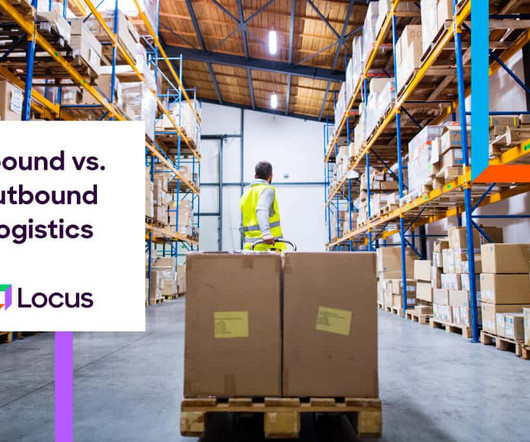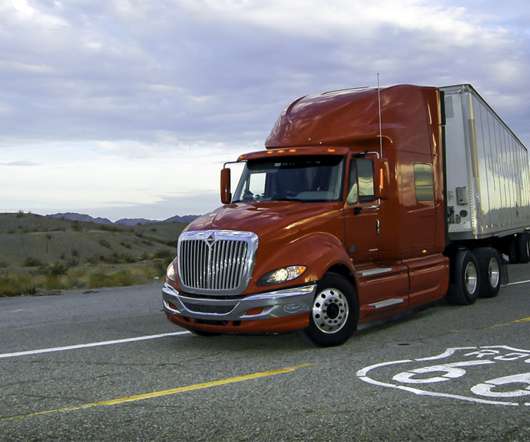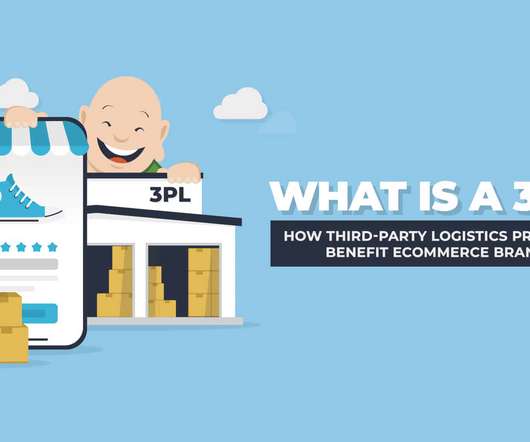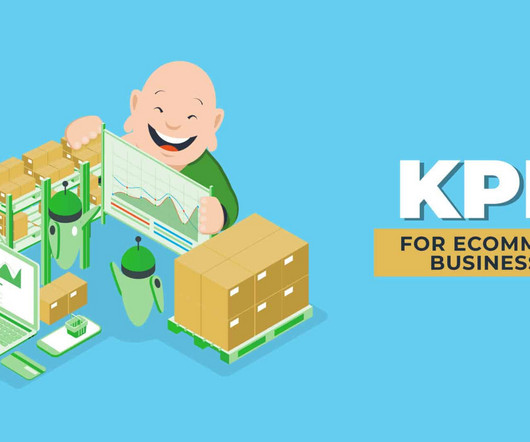Inbound vs. Outbound Logistics: Understanding the Key Differences and Optimizing the Last Mile
Locus
JUNE 2, 2023
In the vast, interconnected world of supply chain management, two terms often come into focus—inbound and outbound logistics. Inbound and outbound logistics are two fundamental components of the overall supply chain management process. Here’s an explanation of both: What is inbound logistics? What is outbound logistics?





























Let's personalize your content